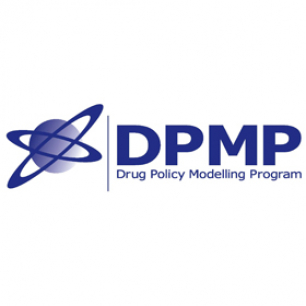Dr Matthew Sunderland presented this work as part of the UNSW School of Public Health and Community Medicine's 2012 symposium on Friday 21 September 2012. Below is the research abstract and attached is a copy of his slides from the day.
Background: Certain alcohol policies and intervention programs specifically target recreational drinking in order to curtail harmful binge drinking behaviours and the negative health and public order consequences. Binge drinking, however, is a heterogeneous concept and existing policies may not equally apply to all individuals who drink recreationally. The current study examines the possibility that different typologies may exist that describe the nuanced approaches to alcohol consumption on a Saturday night by young Australians.
Methods: Data from 2,010 Australians aged 18 to 30 were sampled on the basis of past year alcohol and illicit drug use (ecstasy and cannabis) to provide adequate statistical power when identifying typologies of alcohol consumption. Latent class analysis (LCA) was used to categorise respondents into mutually exclusive and exhaustive classes based on past Saturday night alcohol consumption. Alcohol consumption variables included: the quantity of alcohol consumed (standard drinks), type of alcohol consumed, location of alcohol consumed, and total cost of alcohol consumed. Significant correlates of latent class membership, including sociodemographics and concurrent substance use, were examined using logistic regression.
Results: Seven distinct classes were identified that represent qualitatively distinct profiles of Saturday night drinking behaviour among young Australians depending on the amount consumed, the price of alcohol consumed, and the location of alcohol consumed. Multivariate analyses indicated that alcohol risk score (measured using the AUDIT), concurrent stimulant use, and concurrent tobacco use were significant predictors of class membership.
Discussion: The identification of typologies of binge drinking and the associated characteristics can assist public health policy makers and alcohol intervention/prevention programs to better target at risk individuals with different types of harmful alcohol (and conjoint illicit drug) consumption.


